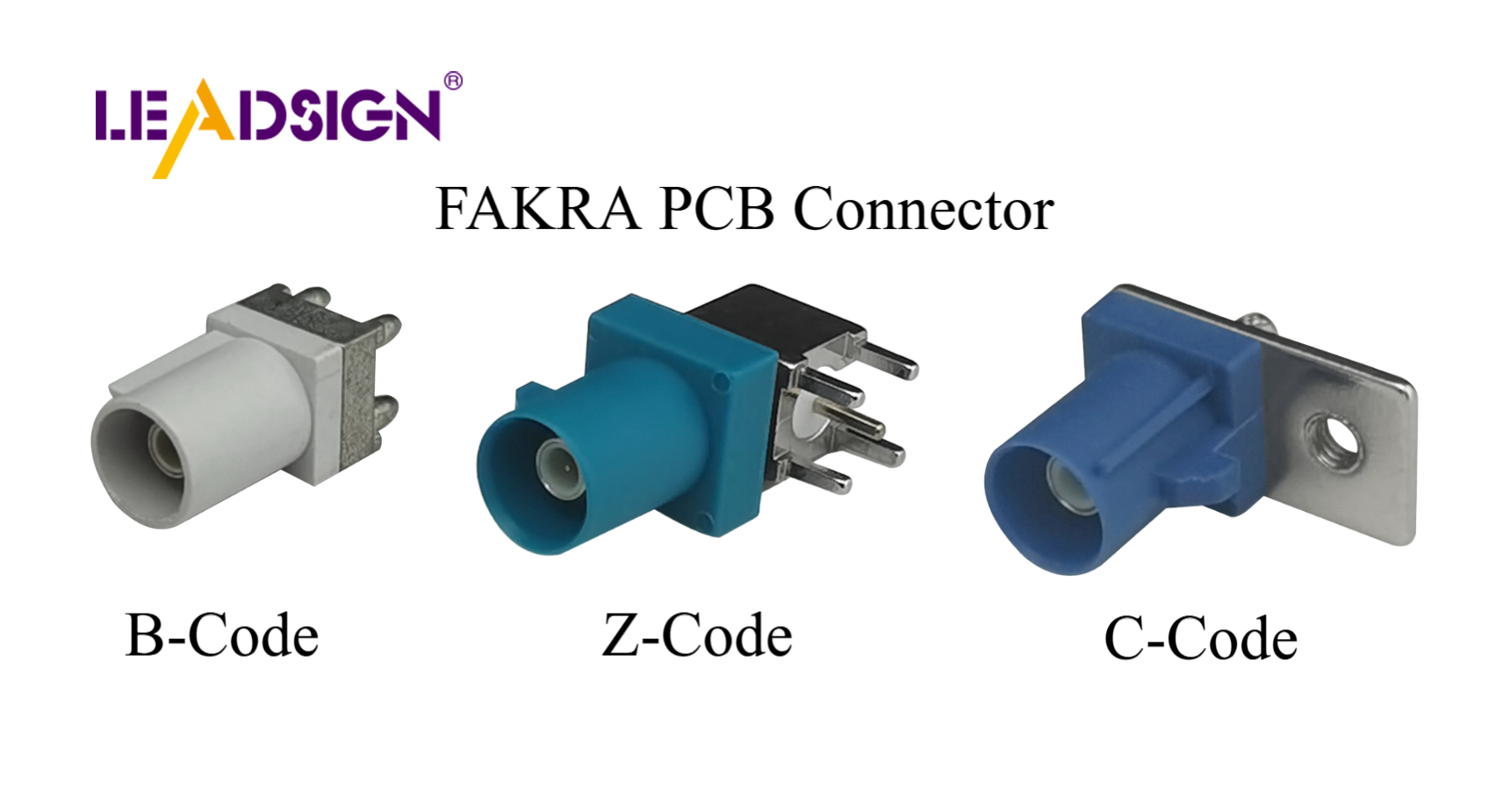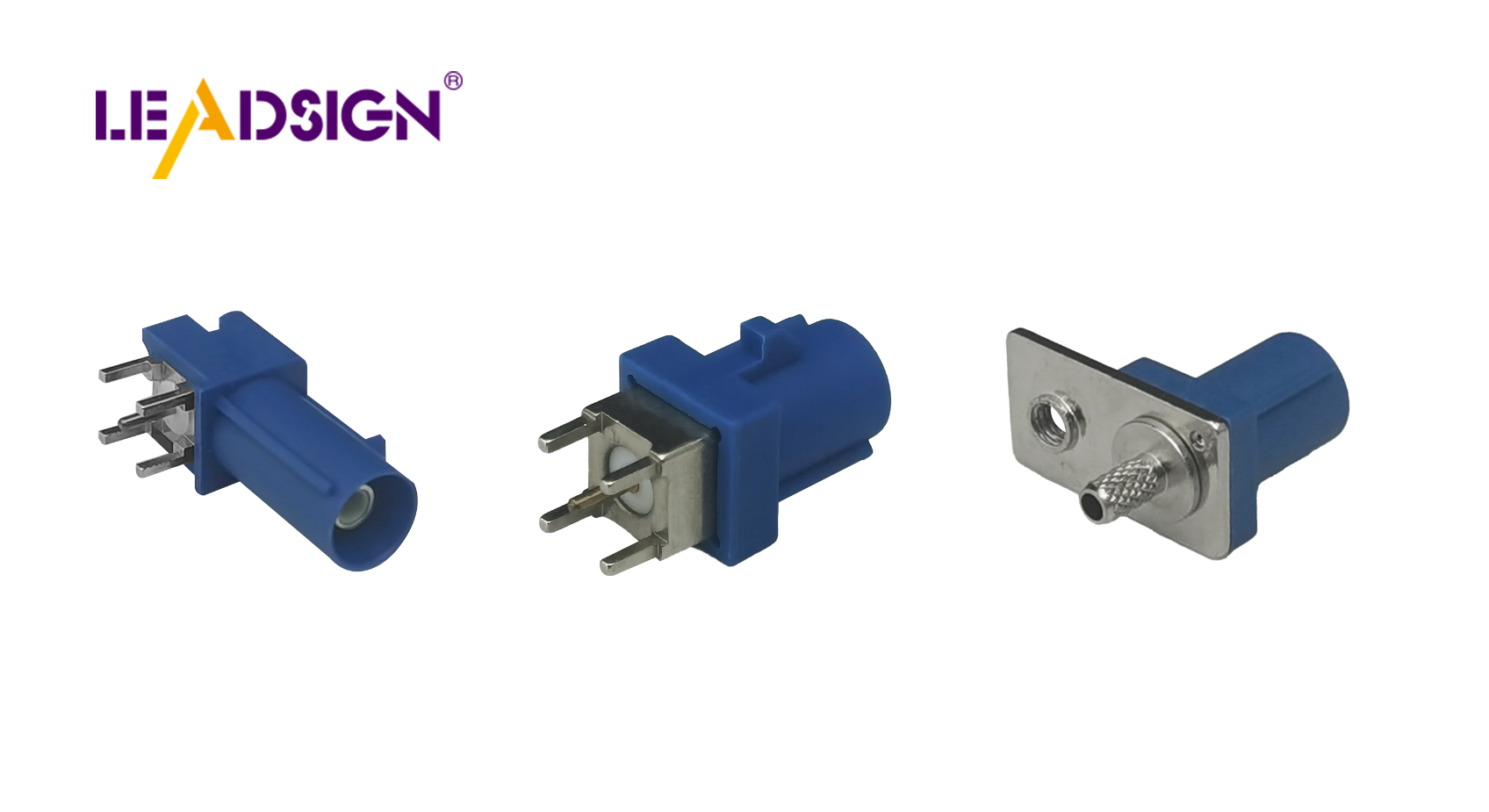How to Choose the Best FAKRA Connector for Your Application

FAKRA connectors are important in cars and high-frequency uses. They are liked for being efficient and easy to install. They have color-coded covers to stop mistakes. You see these connectors in cars, boats, and bikes. Picking the right FAKRA connector is key for your needs. Think about frequency range, compatibility, and environment. By knowing these things, you can pick the best FAKRA connector for your use.
Understanding FAKRA Connectors
What FAKRA Connectors Do
FAKRA connectors are important in car electronics. They help send signals in vehicles. These connectors can handle heat and shaking, so they work well in cars. Their strong design stops signal problems. Engineers like them because they are precise and reliable. The colors and locks stop mistakes when putting them together.
Where FAKRA Connectors Are Used
FAKRA connectors aren't just for cars; they have many uses. In cars, they're in radios, GPS, and safety systems. They carry high-frequency signals needed for new car tech. Besides cars, you find them on boats and motorcycles too. They work well in tough places. As tech grows, more people need good connectors like FAKRA to help with new ideas.
Types of FAKRA Connectors

Overview of FAKRA Connector Types
FAKRA connectors come in different kinds. Each kind is made for a special job. Knowing these helps you pick the right one.
FAKRA Type A
Type A connectors are used in cars. They connect radio antennas safely. You find them in many cars for good signals.
FAKRA Type B
Type B connectors work well with GPS systems. They give great performance for finding places. You trust them for exact location info.
FAKRA Type C
Type C connectors can do many things. They are good for sound and video in cars and boats.
FAKRA Type D
Type D connectors are made for mobile systems. They handle fast signals, perfect for new tech in cars.
Specific Uses and Benefits of Each Type
Each connector type has its own perks. Type A is best for radios, giving strong links. Type B gives correct GPS data, key for maps. Type C makes entertainment better with clear sound and video. Type D helps fast talk, needed in new cars.
Pick the right connector to make your system work well. Think about what your system needs and choose the best type.
Important Things to Think About When Picking FAKRA Connectors
When choosing FAKRA connectors, think about a few important things. This helps them work well with what you need.
Matching with Current Systems
First, see if the connector fits your system. It should match your setup for easy communication. Check its design and make sure it fits your needs. If it doesn't fit, signals might get lost or not work well. Always check this before picking one.
Frequency Range and How Well It Works
Next, look at the frequency range. These connectors handle high-frequency signals up to 6 GHz. Pick one that matches your signal needs for clear messages. High-frequency is very important in cars where accuracy matters. Check specs to ensure it works for you.
Environment and How Strong It Is
Finally, think about where you'll use it. FAKRA connectors are tough for hard conditions like in cars. They last through heat and shaking without breaking. Choose one that can handle where you'll use it so it lasts long.
By thinking about these things, you can pick the best FAKRA connector for you. This careful choice will help everything connect well and work right.
Cost Considerations
When picking FAKRA connectors, think about the cost. Prices change for different reasons. Here are some things to remember:
Type and Design: Different connector shapes, like straight or angled, cost differently. Pick the shape that fits your needs and budget.
Material Quality: Better materials last longer but can be pricier. Find a balance between good quality and low price to get a solid product without spending too much.
Quantity: Buying more at once can make each one cheaper. If you need many connectors, buy in bulk for discounts.
Customization: Special features might cost extra money. Decide if you really need them to avoid extra costs.
Supplier Reputation: Well-known suppliers might charge more because they are trusted for quality. Cheaper options may not meet standards, so choose wisely.
By thinking about these points, you can choose connectors that fit your budget and needs well. Picking the right ones now can save money later by cutting down on fixes and replacements.
Comparing Popular FAKRA Connectors
When looking at FAKRA connectors, it's important to know what they do. Each type has special features for different jobs. Let's look closer.
Specs and Features
Impedance and Frequency Range: Most have 50 Ohms impedance, good for RF uses. They work well up to 6 GHz frequency. This helps them handle high signals, which is key for cars and other uses.
Durability and Environmental Resistance: These can take tough conditions. They work in temperatures from -40 °C to +105 °C and last through many uses, making them strong in hard places.
Coding and Locking Systems: They have color-coded covers and locks that stop mistakes when putting them together, making them easy to use.
Customization Options: You can get different designs like straight or angled, with crimp or solder connections. This lets you pick what fits your needs best.
Pros and Cons of Each Connector Type
FAKRA Type A
Pros: Great for radio antennas, giving stable signals.
Cons: Only works for some jobs, not all high-frequency needs.
FAKRA Type B
Pros: Perfect for GPS systems with exact location info.
Cons: Not flexible enough beyond GPS uses.
FAKRA Type C
Pros: Works with sound and video in cars and boats.
Cons: May not be as good for special jobs like GPS.
FAKRA Type D
Pros: Made for mobile systems, handles fast data well.
Cons: Mainly for mobile use, limited elsewhere.
Picking the right connector means thinking about these pros and cons based on what you need it to do. By knowing the specs and features, you can choose wisely for the best performance in your job.
Choosing the right FAKRA connector is very important. It helps things work well. Think about how it fits with your stuff. Check if it works in different places and how much it costs. Look at what you need before picking one. This careful thinking helps you choose the best connector for you. For more help, read more or ask experts to decide better.
See Also
Exploring Fakra Connectors: Benefits, Uses, and Setup Advice
Fakra Connectors Explained: Fundamentals, Varieties, and Uses
Fakra Connectors Uncovered: An In-Depth Overview

